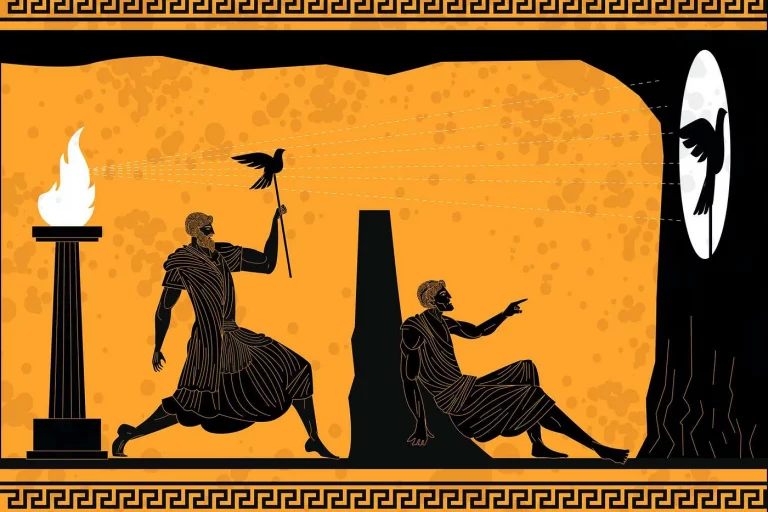IDEA 2010, an information architecture conference
Videos of the first day are now available and you can also read Johnny Holland recaps of Day One and Day Two.
Ubiquitous information architecture
Peter Morville (scroll down for interview)
While the world waits for Web 3.0 and The Singularity, the real action has already begun. Itʼs called the intertwingularity. Itʼs an era at the crossroads of ubiquitous computing and the Internet, a place where information blurs the boundaries between products and services to enable multi-channel, cross-platform, trans-media, physico-digital user experiences.
The intertwingularity also presents an unprecedented opportunity to reimagine information architecture. Never before have we been able to employ such a powerful combination of networks, devices, and sensors to create and share knowledge within and without the enterprise. This is the complex reality that todayʼs executives and entrepreneurs must navigate. And, while the archetypal ecologies of iTunes and Nike+ offer some insight, weʼre mostly exploring uncharted waters.
Thatʼs why we need to draw maps. A map is a powerful tool for navigating and understanding physical, digital, intellectual, and social space. It helps us to look, see, imagine, and show. In this session, we explore how experience maps and “IA thinking†can improve the process and product of information architecture, knowledge management, and user experience design.
Gamestorming
Dave Gray, Sunni Brown & James Macanufo
As our systems grow more complex, design is changing from a solo activity to a team sport where designers, partners, and users work together to co-create experiences. This participatory design requires new skills and practices. How can you engage more people – including non-designers – in the process, without losing the creative culture and energy essential to success?
Gamestorming applies game thinking and game mechanics to these business and design challenges. It’s a holistic and collaborative approach that will help teams combine design practices like sketching, sorting, prototyping, and role-playing to gain meaningful insights and outcomes.
In this panel, Gamestorming co-authors Dave Gray, James Macanufo and Sunni Brown share insights from their new book, and engage in a conversation with Peter Morville about how Gamestorming can address the cross-media challenges of ubiquitous information architecture.
Going native: The anthropology of mobile app design
Josh Clark (scroll down for interview)
Think of mobile OS platforms as cultures. Deciding which platform to target and how to design for each—whether web or native—doesn’t hinge only on tech specs or audience reach. In an era where consumers suddenly perceive mobile apps as richly personal, where software is content instead of tool—culture matters.
Every mobile OS has a different personality, design sensibility, and even government. All of these factors determine how well your individual app (and its audience) will thrive, and will have a direct impact on design considerations. For example, how does the prescribed design and paternal culture of iPhone’s philosopher-king model fit your app, compared to the frontier-maker culture and bare-bones geek design of Android? And where does the web fit in? In the next year alone, we’ll have ten major mobile operating systems to contend with as we design apps. In this session, you discover the cultural and practical considerations of choosing the right platform for your app and your audience—and of crafting a design that works for all.
Trends in the future of online experiences
Vidya Drego (scroll down for interview)
As digital technologies and consumer behavior continue to evolve, online experiences will undergo a major transformation. Forrester’s research has uncovered four key characteristics common to new online experiences: they will be customized by the end user, aggregated at the point of use, relevant to the moment, and social as a rule, not an exception. While there are some companies that are providing experiences that exhibit one or more of these characteristics today, most firms (and subsequently their design teams) need to prepare for a future where their Web site is no longer the center of their online experience. How can they get the most from the online channel, what should they do to prepare, and what skills and processes will they need to deliver this future to their customers? This keynote presents a framework to help user experience designers think about the future of the online experience and help them answer these questions.
We are all content strategists now
Karen McGrane (scroll down for interview)
The “Best Careers 2009” issue of U.S. News and World Report gently mocked the user experience profession for its inability to agree on a name for itself. Indeed, many job titles seem like a mix-and-match game, mashing up words like “information” and “experience” and “architect” and “designer.” And now “content strategy” comes around, looking for a seat at the UX table. Some say the profession fills a gap in our professional practices. Others argue that it’s just a different name for the things that we already do. In this session, we discuss why UX needs content—and how UX practitioners of every flavor can put content strategy to work on their projects.
(via InfoDesign)



